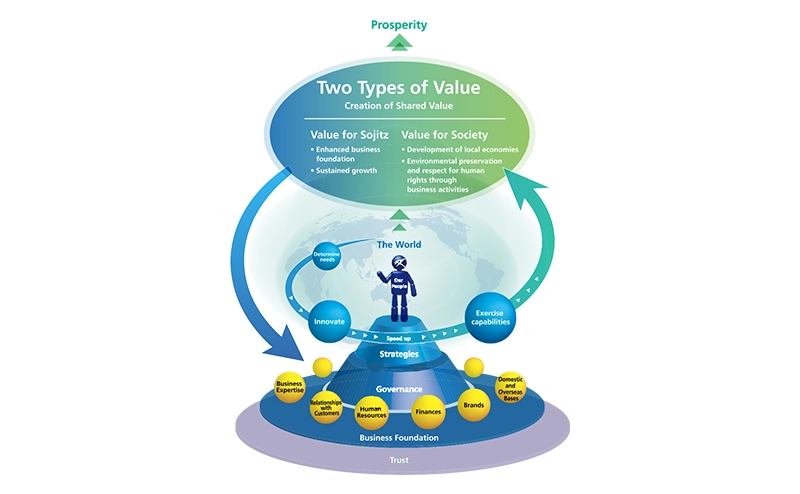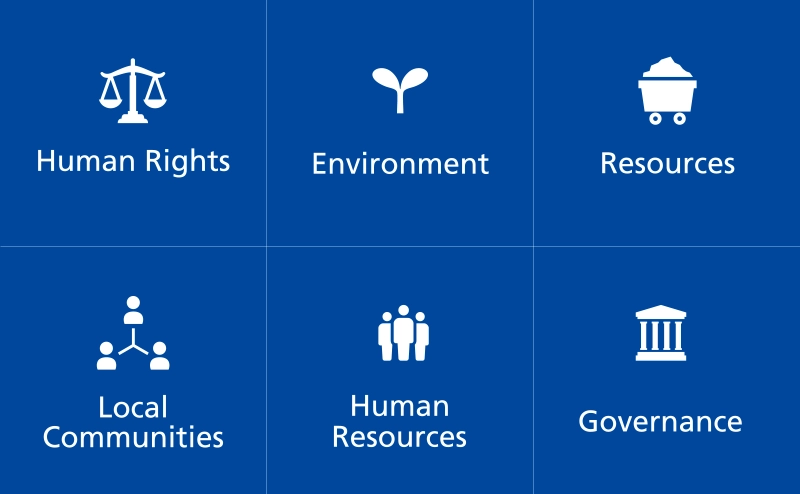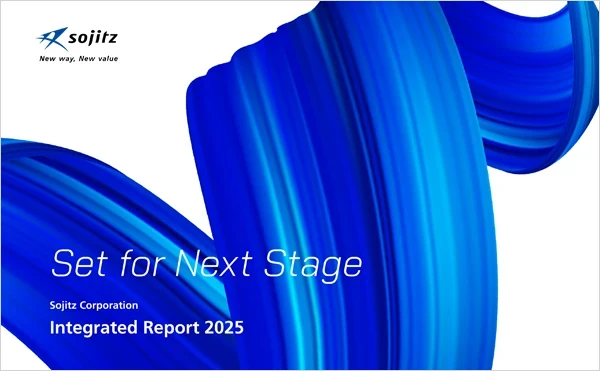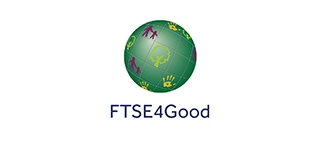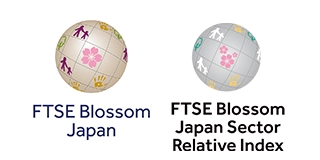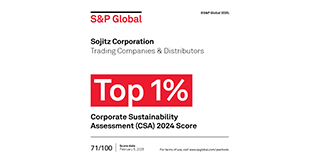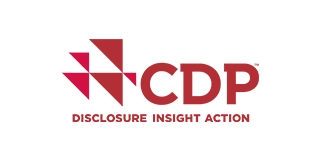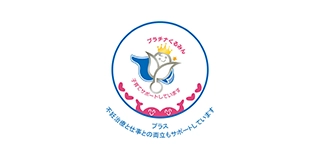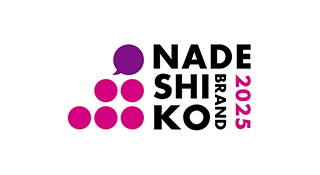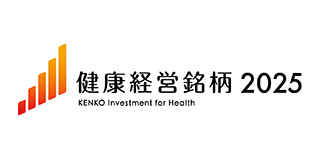Sustainability
For Sojitz Group, sustainability is our commitment to maximize two types of value—"Value for Sojitz” and “Value for Society”—through our business activities alongside stakeholders with the aim of realizing sustainable growth for both Sojitz Group and society.


Latest Sustainability Information
-
Jun. 4, 2025
News Release
Sojitz Signs Corporate PPA with Kansai Electric Power and OSAKA Titanium Technologies
-
May 14, 2025
News Release
Sojitz Launches Hi-Kii Quoting Platform for Companies’ IT Asset Disposition
-
Apr. 30, 2025
News Release
Sojitz Enters Biomethane Production and Sales Business in India
-
Feb. 3, 2025
News Release
The Yunlin Offshore Wind Farm Project in Taiwan Enters Full Operation
-
Jan. 31, 2025
News Release
Sojitz Acquires Australia’s Major Public Infrastructure Developer
Sojitz ESG BOOK
Sojitz’s sustainability initiatives are introduced by ESG category.
By providing solutions to social problems and turning these businesses into the company’s strengths, Sojitz aims to expand its business foundations and maximize two types of value—value for Sojitz and value for society.

